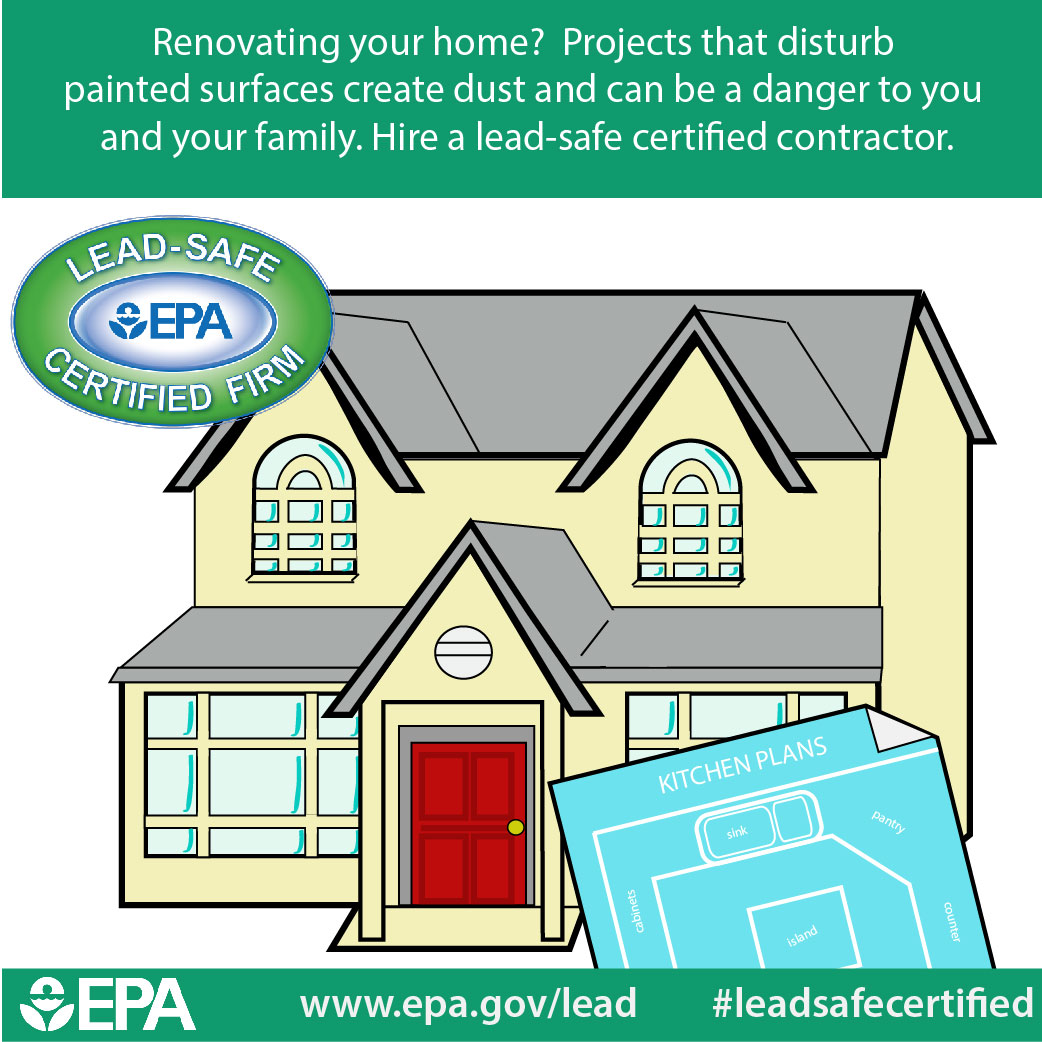The Value Of Weather In Commercial Outside Painting: What You Need To Know
The Value Of Weather In Commercial Outside Painting: What You Need To Know
Blog Article
Staff Writer-Cash Dohn
When you're planning an industrial exterior painting project, do not ignore the impact of weather on your outcomes. You need to take into consideration variables like temperature, humidity, and precipitation, as they can make or break your paint task. For instance, did you understand that optimal conditions require certain temperature level ranges and humidity degrees? Failing to check these facets can result in unequal surfaces or perhaps damages to fresh paint. Comprehending these elements is vital to attaining a resilient, specialist end result. So, what particular weather conditions should you watch out for?
Temperature Considerations
When it comes to industrial outside painting, temperature plays a critical duty in the outcome of your job. If you're repainting in extreme warmth, the paint can dry out as well rapidly, causing concerns like bad bond and unequal surfaces. You intend to aim for temperatures between 50 ° F and 85 ° F for the very best outcomes. Listed below 50 ° F, paint may not treat properly, while over 85 ° F, you risk blistering and fracturing.
Timing your task with the appropriate temperatures is crucial. Beginning https://wsvn.com/news/help-me-howard/neighbor-blocks-neighbor-from-painting/ in the early morning or later on in the mid-day when it's cooler, especially during hot months.
Also, consider the surface area temperature; it can be considerably greater than the air temperature level, particularly on bright days. Make use of a surface thermometer to inspect this before you begin.
If temperature levels are unforeseeable, keep an eye on the weather prediction. residential painting company okc or warm front can derail your strategies. You don't intend to start repainting only to have the conditions change mid-project.
Humidity Levels
Moisture degrees substantially influence the success of your industrial external painting project. When the moisture is expensive, it can hinder paint drying and curing, leading to a range of problems like bad adhesion and complete top quality.
If you're planning a task throughout wet conditions, you may discover that the paint takes longer to dry, which can extend your job timeline and increase expenses.
Alternatively, reduced moisture can also present challenges. Paint might dry out as well quickly, avoiding correct application and causing an uneven coating.
You'll want to check the moisture levels very closely to ensure you're functioning within the suitable range, typically in between 40% and 70%.
To get the very best outcomes, take into consideration utilizing a hygrometer to determine humidity prior to beginning your project.
If you discover the degrees are outside the optimal array, you may require to readjust your routine or select paints created for variable problems.
Constantly consult the maker's guidelines for details suggestions on moisture resistance.
Rainfall Influence
Rainfall or snow can substantially disrupt your business exterior painting plans. When rainfall occurs, it can wash away freshly applied paint or create an uneven surface. Ideally, you want to choose days with completely dry weather to make certain the paint adheres properly and remedies efficiently. If you're caught in a shower, it's ideal to halt the job and wait for conditions to improve.
In addition, snow can be much more detrimental. Not only does it produce a damp surface, however it can likewise reduce temperature levels, making it difficult for paint to dry. This can cause problems like peeling off or blistering down the line.
It's critical to check the weather report prior to starting your job. If rainfall or snow is forecasted, take into consideration rescheduling.
Always keep in mind to allow adequate drying out time between layers, specifically if the weather condition remains unpredictable.
Final thought
To conclude, watching on the weather is important for an effective industrial external paint task. By checking temperature level, humidity, and precipitation, you can make sure the best conditions for application and curing. Keep in mind to intend your work around favorable climate and always follow maker standards. With the right strategy, you'll achieve a long-lasting, lovely surface that can hold up against the components. Don't let the climate catch you off-guard-- remain informed and repaint wise!
